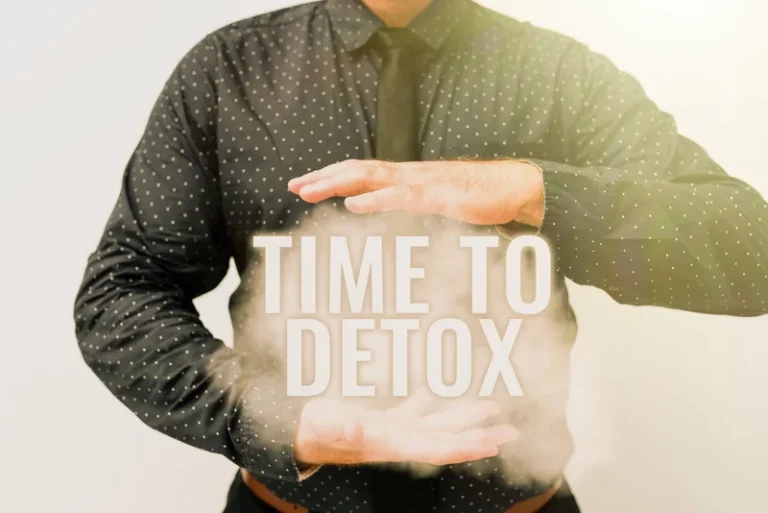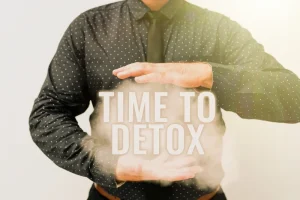
While vodka has no direct skin benefits, some people mistakenly attribute temporary vasoconstriction from drinking to improved appearance. Our outpatient treatment program allows you to receive treatment without committing to our inpatient facility, providing flexibility and support tailored to your needs. For those requiring a higher level of care, we offer an inpatient treatment program. With 24/7 support and medical care, this program is especially beneficial for people facing severe addiction.
- It also boosts your immune system, which has taken an alcohol-based hit.
- Dehydrated skin often feels tight and looks dull, with fine lines becoming more noticeable.
- Individuals may experience a tight feeling, which can be exacerbated after cleansing or exposure to harsh elements.
- Over time, overuse increases the chance of high blood pressure, strokes, liver diseases and cancer.
- When selecting skincare products for dehydrated skin, look for non-comedogenic formulas to avoid clogging pores, and choose products that are free of irritants like alcohol and fragrances.
- And for those who aren’t entirely interested in giving up drinking, a few simple steps can help protect your complexion.
How does alcohol affect the skin?

Managing alcohol intake can help reduce the severity of seborrheic dermatitis symptoms. Cutting back on alcohol allows the immune system to function better. Many individuals report improvements in their skin condition after reducing their alcohol consumption. A weakened immune system struggles to fight off infections and inflammation. This struggle can marijuana addiction lead to worsening of skin conditions like dermatitis.
Least Offensive Drinks for Skin
In summary, understanding skin dehydration is essential for maintaining healthy and vibrant does drinking dry out your skin skin. We explored its causes, from environmental factors to lifestyle choices, and highlighted common symptoms such as tightness and flakiness. The importance of a tailored skincare routine cannot be overstated; using appropriate products and remaining vigilant to your skin’s needs will go a long way in preventing dehydration. Remember to stay hydrated internally by drinking plenty of water while adjusting your skincare according to seasonal changes.

This UK hotel beats the world’s best and rooms are £125 a night (until April)

To put it simply, alcohol creates a double-whammy effect when it comes to oxidative stress. And combined with inflammation and dehydration, this can make for some very unhappy skin. A not-so-obvious way that alcohol affects the skin is through oxidative stress, which happens when there are too many free radicals in the body.

What is Skin Dehydration
A person should speak with a doctor, close friend, therapist, or local support group to find ways to help give up alcohol. Also known as nummular dermatitis, discoid eczema occurs more often in people who misuse alcohol, especially if they have liver problems. Alcohol consumption is the most common cause of porphyria cutanea tarda (PCT). This condition causes painful, blistering lesions on the skin following exposure to the sun. Drinking alcohol can also worsen the condition, which could be because alcohol weakens the immune system. Changes to the skin can be more serious and last longer if a person regularly consumes alcohol.
All Body Care
- However, according to the American Academy of Dermatology Association, drinking alcohol can increase a person’s risk of developing it.
- Some people may just have a sensitivity to caffeine, which can trigger headaches or stomachaches, but it’s very unlikely that’s because of dehydration.
- If you already struggle to manage acne or rosacea, you’ll be familiar with how a few drinks can worsen your skin on a large scale.
- Like any type of alcohol, white wine is best enjoyed in moderation—especially if you want to keep your skin in tip-top shape.
- Liver disease caused by alcohol use can cause hyperpigmentation, palmar erythema, jaundice, generalized pruritus, and caput medusae.
Alcoholics may also experience more https://ecosoberhouse.com/ adult acne, psoriasis, rosacea, eczema flare-ups, and other common skin conditions. From short-term effects like dehydration and flushing to long-term issues such as liver disease and conditions like rosacea and psoriasis, the consequences are real. Understanding these effects empowers you to make informed choices about alcohol consumption. Hydration isn’t just a seasonal concern—it’s a year-round essential for maintaining healthy, glowing skin.
